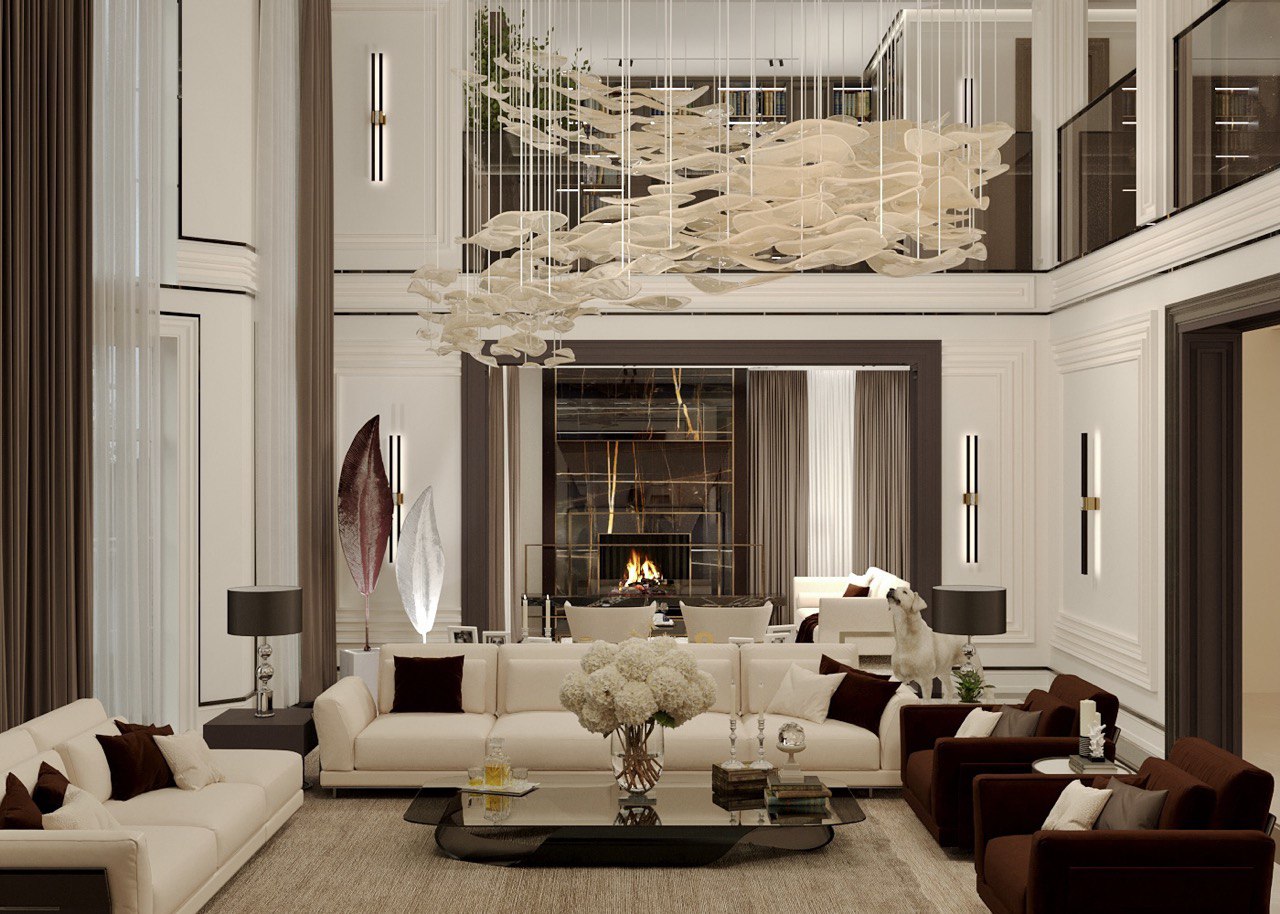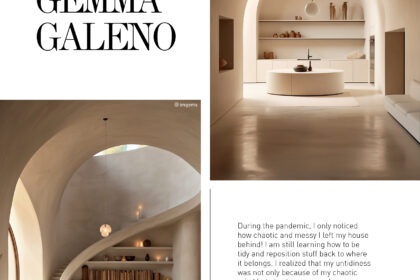Irina Doroshenko used to be a banker in Kyiv before making a fateful decision to radically change her life and transition to interior design. She’s now successfully developing in the American market, creating homely and timeless spaces for her clients. In this article, Irina shares the milestones of her journey and explains some of the most in-demand styles in interior design.
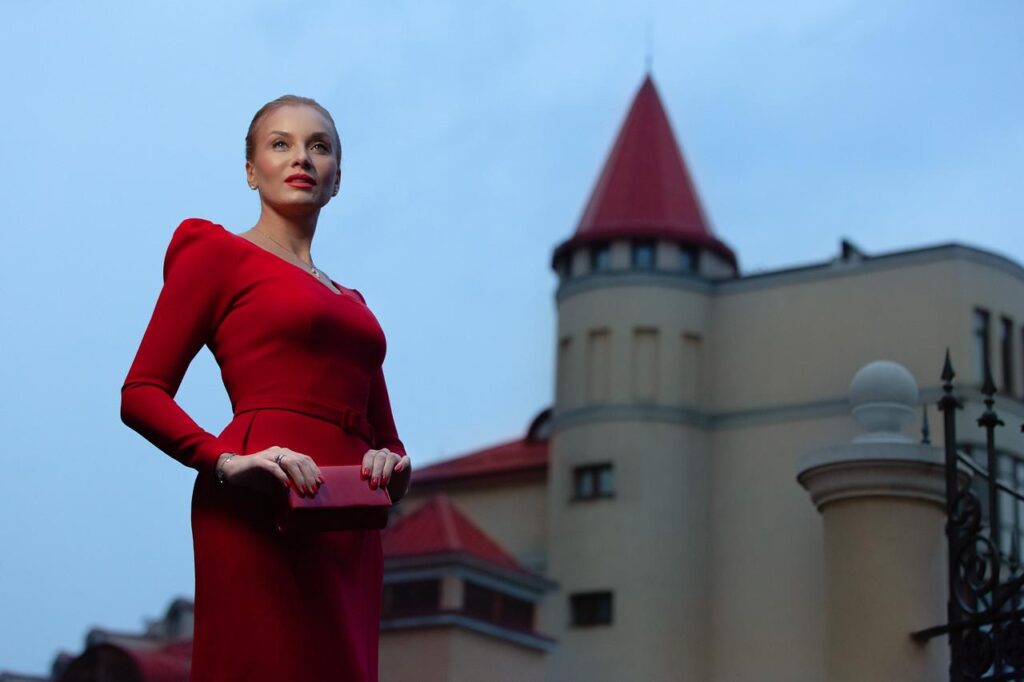
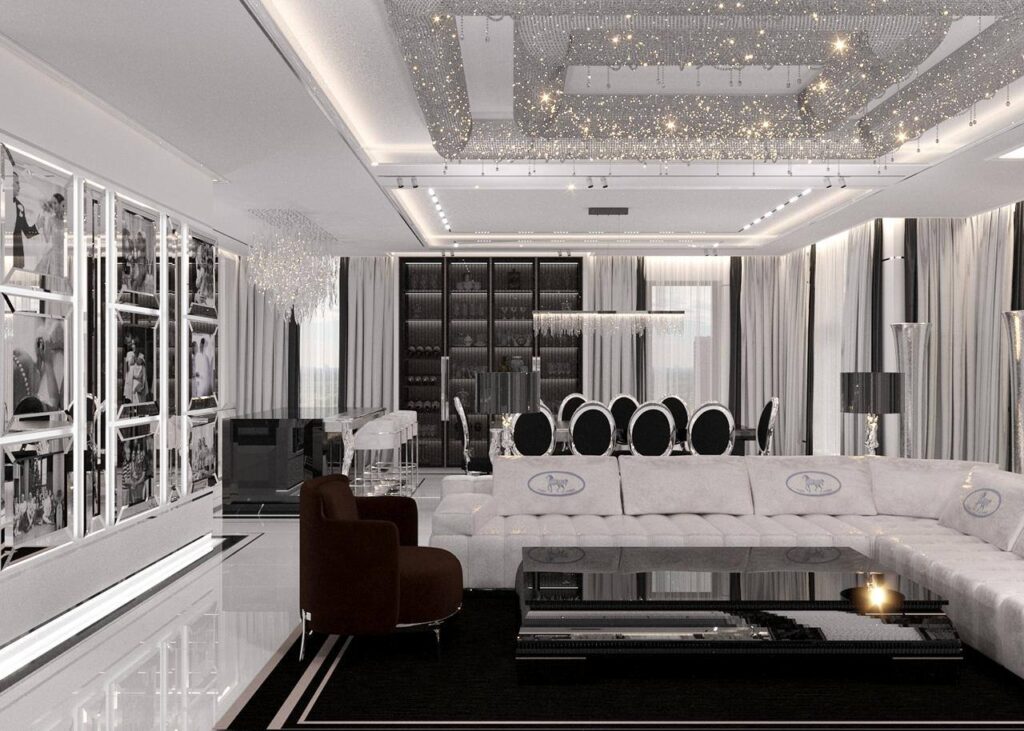
During my two years of work in Chicago, I was able to gain loyal clients who not only return for new projects, but also recommend me to their friends and acquaintances. I entered the world of interior design as an adult, at the age of 35. Up to this point, I had been building a career in the banking industry for 11 years, where I successfully moved up the career ladder. At that time, while working at a bank, I did not miss the opportunity to show my creative skills: I wrote poetry and developed scripts for corporate events, created cartoons, and also helped friends with the renovation and design of their houses, trying to combine seemingly incompatible things.
Well, I was a serious kid, very curious about how the world works and who rules it. I remember reading “War and Peace” by Tolstoy at the age of 11. I guess I always had a huge attraction towards politics. And yes, most likely, if I had not been scouted at the age of 16 by Milan’s biggest agency, my life would have taken a very different path. I remember my parents were not happy about me going to Milan. They were very skeptical, as many people are about the fashion industry, but I am grateful they gave me the freedom to have this experience; it made me a stronger person. In the end, I stayed in Milan and got my first university degree there, along with lots of amazing experiences.
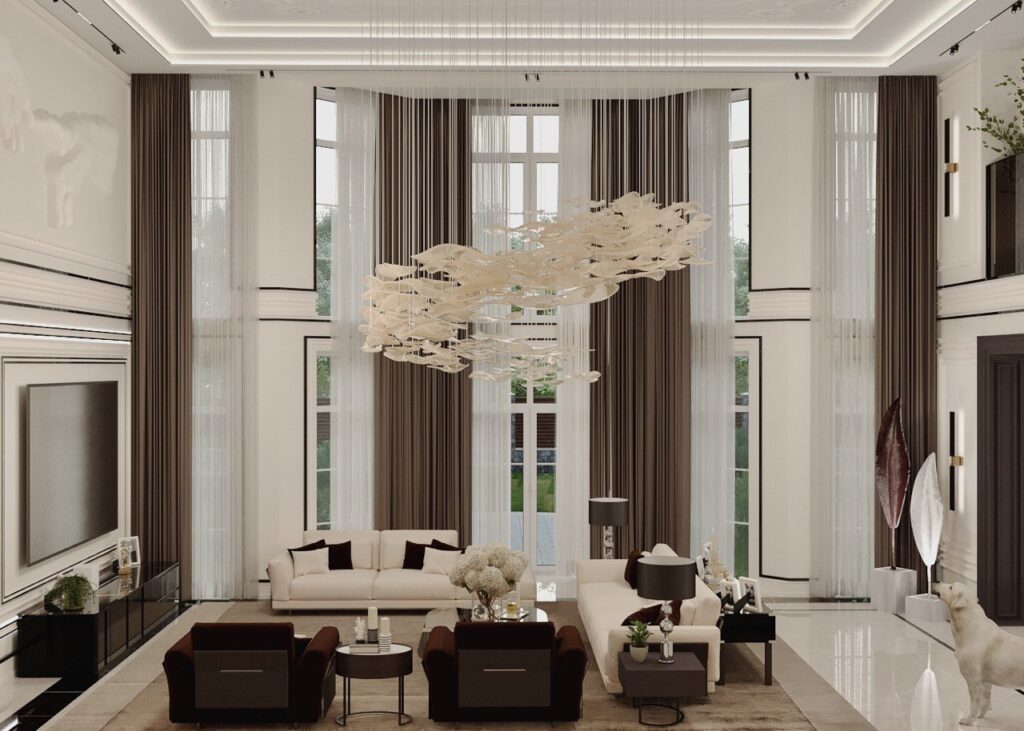
After turning 35, I came to the conclusion that it was time to change my professional path. This decision radically transformed my life. Now I am a recognized interior designer, co-owner of an R&D furniture manufacturing company, a mother of three children, a loving wife and simply a happy and beautiful woman. Clients with whom I collaborate on a regular basis, as well as those who know me well personally, note the uniqueness of my approach to design, which makes my projects recognizable, regardless of their style. Although I myself may not always notice it, the comments speak for themselves. Every new project for me is an opportunity to metaphorically move to a new space and begin to live there virtually along with its future inhabitants. When designing a children’s room, for example, I imagine visiting it with my children and having them play there. I strive to make every interior truly homely. In my projects you can often see fresh flowers, vases of fruit, carelessly made beds, cozy slippers and glasses filled with wine.
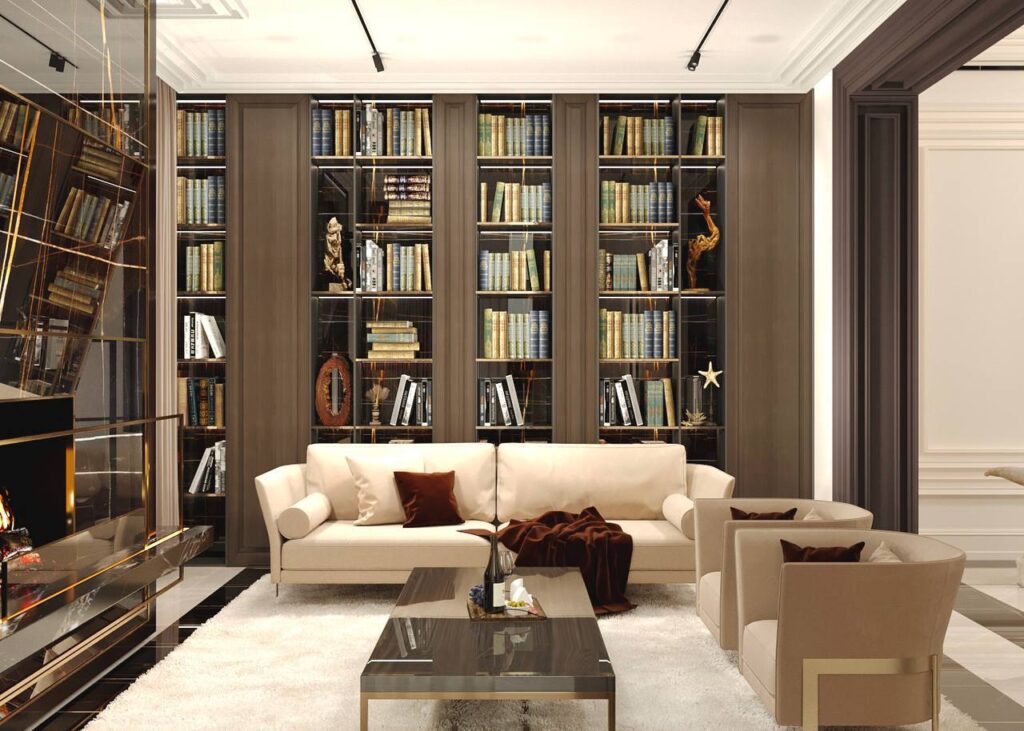
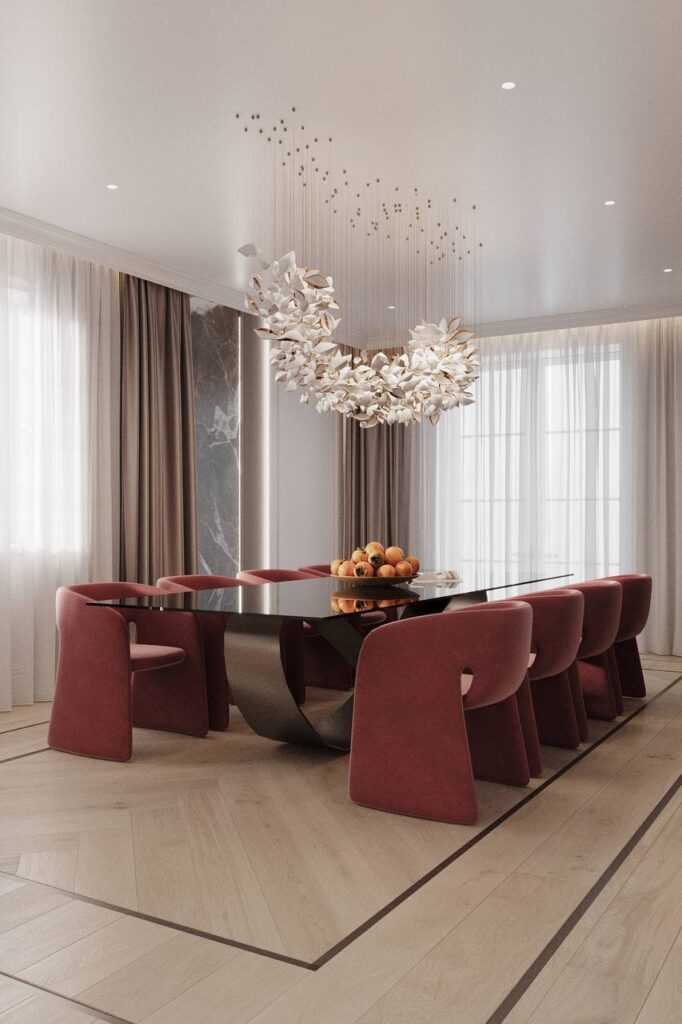
I often get asked questions about my preferred interior design style or what’s in fashion. Of course, fashion trends in the field of design change every year, and every year a new trendy style enters the market. However, among those who follow the latest trends, there will always be lovers of timeless classics – a style that remains timeless and fashionable. Designers have learned to work with this “ever fashionable style” and have learned to combine it with modern elements, giving rise to new stylish trends. Here are some examples of styles inspired by the classics but with a modern twist:
1. Neoclassic: A modern interpretation of a classic style that combines the elegance of classics with the laconicism and functionality of modern design. This style is characterized by simple lines, a moderate palette and luxurious materials.
2. Modern Classic: This style combines classic furniture and decorative elements with modern shades and accessories, creating a cozy and sophisticated space.
3. Classic Chic: A style that incorporates traditional elements with modern sophistication and chic. Subtle colors, high quality textiles and elegant furniture are often used.
4. Transition (Transitional style): Combines elements of traditional and modern styles, creating a harmonious balance between old and new. This style is flexible and can adapt to any decor preferences.
5. Classic minimalism: Manifests itself in the use of a minimum number of objects and an emphasis on space and light, while maintaining classic forms and materials.
6. Classic Loft: Characterized by a combination of classic style elements with industrial and loft features – open spaces, the use of natural materials such as brick, metal and wood. These styles demonstrate how classic ideas can be reinterpreted and adapted for modern life while maintaining their timeless elegance and appeal.


